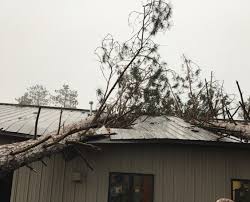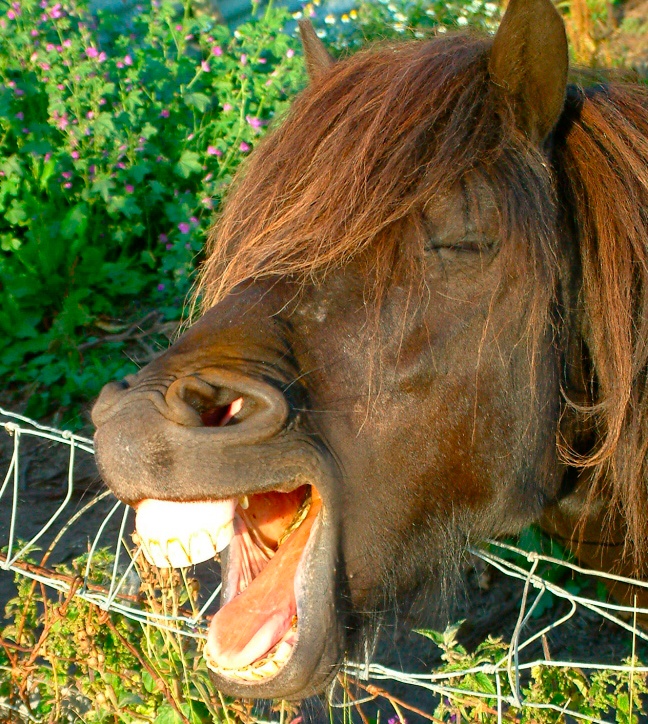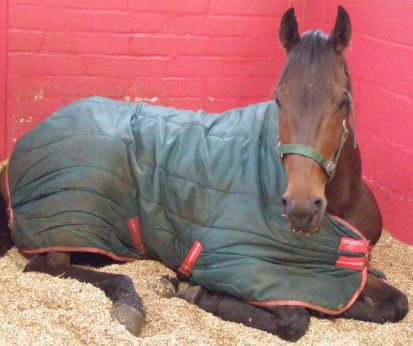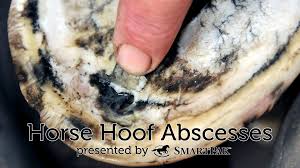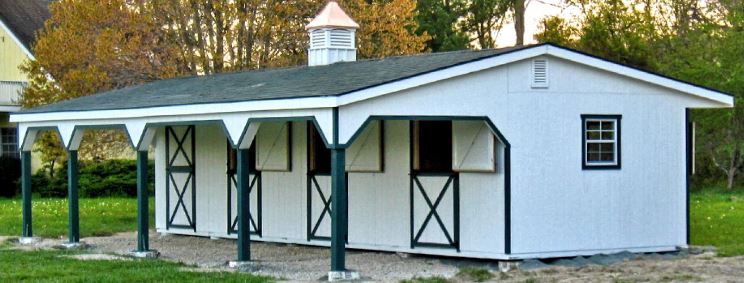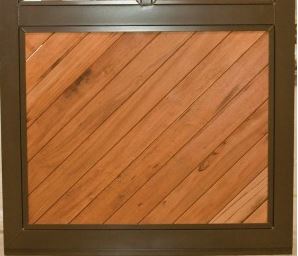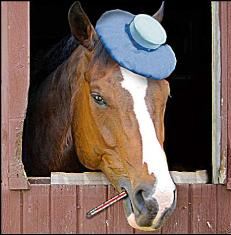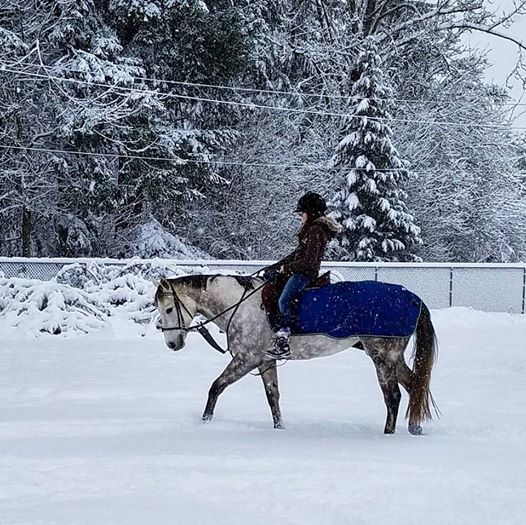While many horse owners are used to trailering their horse several hours, there may come a time when you’ll need to move your horse a much longer distance. This could be because of a move you will be making to another state and you’ll be taking your horse with you, or you may be purchasing a horse that lives in another part of the country. If you have the time and the truck/trailer to do so, you can certainly trailer your horse yourself, but there are many benefits to using a professional horse hauling company.
Cleaning Up After the Winter of 2017
It's been a long, hard winter. High winds, excessive snow, rain, ice and flooding have taken their toll on whole communities, including our farms and stables. What are some things to look for when evaluating the safety and sturdiness of your barn for the rest of the year.
Equine teeth are designed to wear against the tooth above or below as the horse chews, thus preventing excess growth. The upper jaw is wider than the lower one. In some cases, sharp edges can occur on the outside of the upper molars and the inside of the lower molars, as they are unopposed by an opposite grinding surface. These sharp edges can reduce chewing efficiency of the teeth, interfere with jaw motion, and in extreme cases can cut the tongue or cheek, making eating and riding painful.
5 Things To Consider When Choosing Stall Bedding
When it's time to bed your horse down for the night, there are a wide variety of options to use for bedding your horse's stall. Here are some things to consider when deciding on what your horse will stand and sleep..
Introducing the Horses of Ireland
With the constant changes of weather - warm to cold, wet to dry - it's a common time for horses to come up lame with a hoof abscess. A hoof abscess is a localized bacterial infection in the sensitive structures of the hoof, typically in the front feet. Typical signs of a hoof abscess include sudden and severe lameness and pain. The horse bears little to no weight on the leg with the abscess or may walk on its toe. Most abscesses are found in the sole of the hoof, but an abscess can be found elsewhere. Other signs include heat in the limb or hoof, an increased digital pulse, and can include a swollen leg and/or a low-grade fever. The tendons in the affected leg can become painful and swollen due to congestion of blood vessels.
One of your toughest decisions - but many people feel the most fun - you'll make when building your barn is the style. There are many to choose from and each style can have modifications. Things to consider are the style's suitability to your climate, the function or "flow" of your horse work and, of course, your budget. The amount of time you can wait for a new barn is also a factor. A modular barn can be erected in a few days, while a pole barn building can take months.
Thinking of remodeling or building a new barn this spring? One of your big decisions (and biggest expense) could be the type of wood you use for your project. There are many types of wood out there and it can be daunting to figure out which one to use. The general answer? It depends on what’s most available in your area as well as your area’s weather condition. Heavy snows may require one type of wood while areas with insect issues might be best with another. Whatever you choose, if you’re building your walls with wood, use pressure treated wood whenever it’s in contact with earth or steel. However, pressure-treated wood should never be placed where horses can get to it.
Vital Signs To Know For Your Horse's Health
Knowing how your horse acts and reacts when he is feeling good will help you to faster realize when there is something "not right" with him. Every horse owner needs to know what is "normal" for their horse. Being able to report these to your veterinarian when you contact him can help evaluate whether a visit is necessary and/or how quickly your horse needs to be seen.
Things to Consider Before "Dashing Through the Snow"
This year, nearly all of the country is being hit with some sort of snowfall. Riding in the snow is one of winter’s joys and is a nice change for your horse. However, there are several things to consider. First, how will your horse react to snow? It’s a different surface for him. It looks different, it feels different – this can be spooky to some horses. If it’s merely a dusting of snow, this might not be an issue. But once it gets up around his knees, it becomes a whole new experience. Introduce him to it the say you'd do for any new experience.


